The Lifesaving Combination In Sudden Cardiac Arrest First Aid
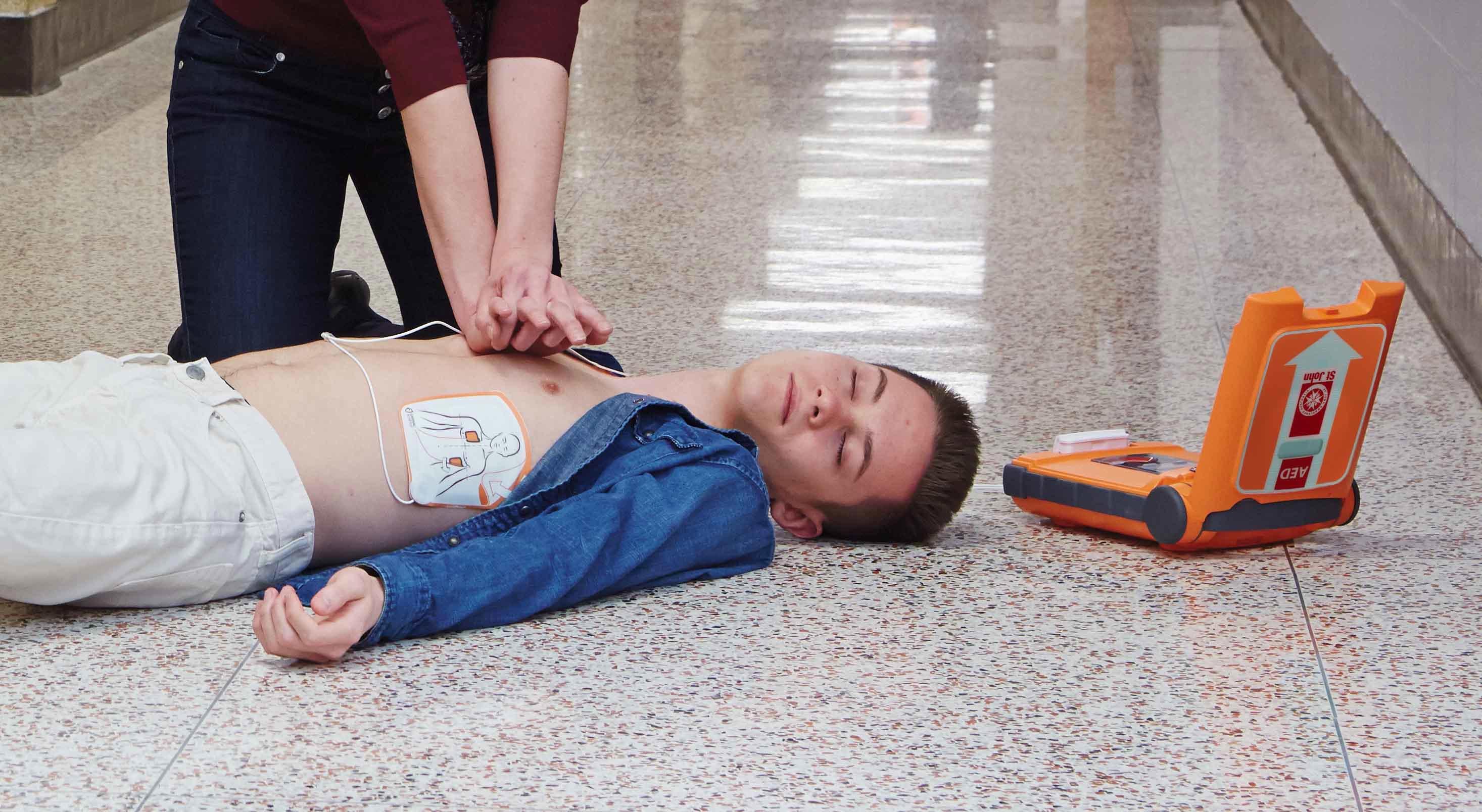
Cardiac arrest is one of the leading causes of death in Australia. Currently, only 1 in 10 Australians survive the health emergency, but we know these statistics can be dramatically reduced if sufferers receive cardiac arrest First Aid in the first moments.
Why Is Time So Important After A Cardiac Arrest Occurs?
A cardiac arrest is an electrical malfunction that causes the heart to stop pumping as normal which prevents the body from oxygenating the blood or sustaining blood flow.
The electrical disruption to the hearts natural rhythm prevents the body from delivering adequate oxygenated blood flow to vital organs, in particular the heart and brain. When the heart is unable to pump blood around the body it will then go into cardiac arrest, causing it to stop completely.
If the heart is not beating as normal other vital organs will not receive the blood flow they require to function. The biggest danger in this time) is if the brain goes for too long without oxygenated blood. If this occurs, it is likely the person will suffer severe brain damage even if they do survive the health emergency.
So What Do You Do When Someone Suffers A Cardiac Arrest?
As soon as you identify that someone has suffered a cardiac arrest you must send for help, provide CPR and apply a defibrillator.
By jumping into action and providing CPR you are providing the sufferer the best chance of survival and a full recovery. CPR assists the brain receive the required oxygenated blood flow it needs to continue functioning as normal until you’re able to provide defibrillation. For every minute that passes without CPR the chances of survival decrease by 7-10 per cent.
When the heart begins to arrest the only way to get it back to its healthy rhythm is by providing a shock from a defibrillator. If someone who has suffered a cardiac arrest goes without defibrillation for more than 10 minutes, they are less than 5 per cent likely to survive.
What To Do When Someone Suffers From A Cardiac Arrest
No matter what the environment is, age or gender of the cardiac arrest sufferer the cardiac arrest First Aid required remains the same. Always follow the DRSABCD action plan.
1. Call triple zero (000)
2. Provide CPR
3. Apply a Defibrillator and SHOCK
How To Provide Cardiac Arrest First Aid
1. Follow DRSABCD
2. Confirm that the casualty is unconscious and unresponsive (not breathing as normal or moving)
3. Call Triple Zero (000)
4. Send for a Defibrillator
5. Provide CPR:
- Kneel beside the casualty, one knee level with their head and the other with their chest
- Locate the lower half of the sternum in the centre of the chest
- Place the heel of your hand on the lower half of the sternum and place the heel of the other hand over the top
- Interlock the fingers of both hands
- Provide 30 compressions (pushing down 1/3 of the depth of the chest)
- Tilt head and lift chin to clear tongue from airway
- Provide 2 breaths (if you are comfortable to do so
6. When the Defibrillator arrives follow step-by-step instructions to prepare the casualty for defibrillation
7. Uncover the chest of the sufferer (remove bra if required)
8. Check for signs of pacemaker scar (located between the collarbone and top of breast on either side of the chest). If there appears to be a pacemaker inserted, you will simply need to place the Defibrillator pad away from the scar.
9. Wipe chest area where pad placement is advised. This it to remove any residue, sweat or liquid
10. Apply pads to advised areas. One on the right side of the chest, below the collarbone and the other on the left side of the chest below the breast (as per visual instructions on the defibrillator)
11. Cease CPR and do not touch the casualty
12. The defibrillator will analyse whether a shock is required. If so, deliver shock when it advises you to
13. If the casualty regains consciousness (starts breathing or responding) once the shock is delivered, place them in the recovery position.
14. If the casualty does not regain consciousness, continue CPR and provide defibrillation again, repeat until medical assistance arrives or the casualty regains consciousness
You can find a more detailed explanation on how to use a Defibrillator here.
Time is the biggest killer when it comes to cardiac arrest. Unfortunately, people hesitate to respond for fear of causing more harm or a lack of confidence in how to provide cardiac arrest first aid. The fact is, cardiac arrest is one of Australia’s most lethal killers and there is nothing more harmful than losing a life. The quicker you respond the greater the chance of survival.
The statistics have proven just how dramatically response times can impact survival rates when it comes to cardiac arrest. Don’t hesitate, provide CPR and defibrillate.
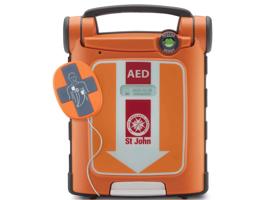
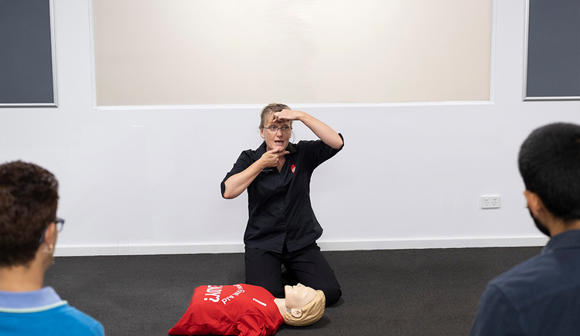
HLTAID009 PROVIDE CARDIOPULMONARY RESUSCITATION
Learn the skills to perform life-saving (CPR) on an adult, child or infant who is unconscious and not breathing normally.
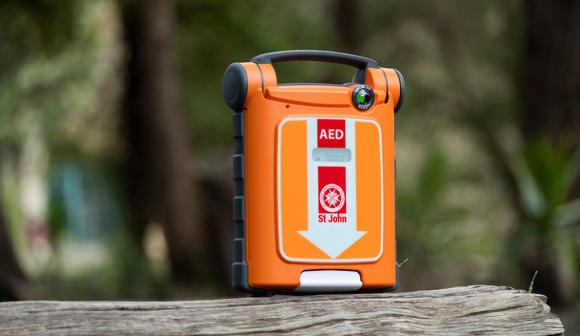
How to choose the right Defibrillator for you
Choosing a defibrillator can be hard. Read our list of things you should consider when choosing the right defibrillator for your needs.
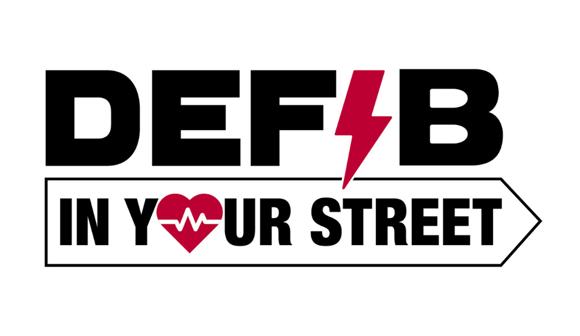
Defib in your street
After the successful launch in the Suburb of Reservoir in 2022, Defib in Your Street is currently aiming to make St Albans and the 3021 postcode the safest place in Australia to have a sudden cardiac arrest.
Find out more about the program.
